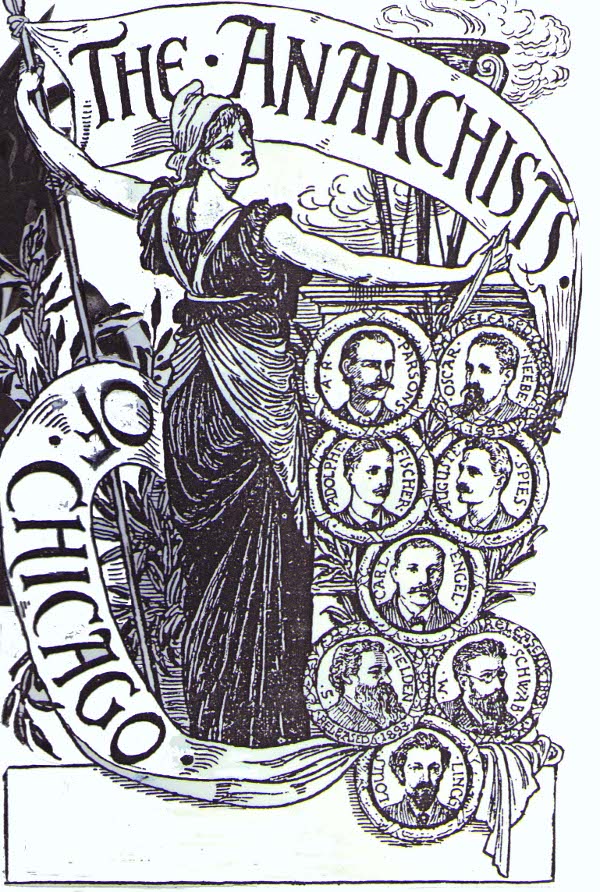Bits & Pieces on Free Market Anti-Capitalism: With apologies to Shulamith Firestone
These are the opening remarks that I gave for my presentation at the Free Market Anti-Capitalism?
panel at the Association of Private Enterprise Education on 13 April 2010. More instalments are coming over the next several days. See the introduction/apology for details.
- By way of introduction or apology
- With apologies to Shulamith Firestone
- Two meanings of
markets
- Rigged markets, captive markets, and capitalistic business as usual
- The Many Monopolies
- What about them poor ol’ bosses? What about gains from trade and economies of scale?
- Is this all just a semantic debate?
Fellow Workers:
In my allotted time, I hope to drill down a bit, and to say something about the structural features, and some of the mechanisms of what we might call state capitalism
— of how, in this actually existing economy, the political structure of capitalism2 (to use Gary Chartier’s threefold distinction) tend to produce and sustain the material conditions of capitalism3 — how state corporatism promotes the bosses’ economy. Most of my remarks will be broadly historical and economic in character — although necessarily of a sketchy or programmatic sort, given the constraints of time and format. So consider this an outline of directions for inquiry and discussion; an attempt to show you briefly where key landmarks of the free market anti-capitalist analysis are at, rather than an attempt at a full guided tour. I think it important to at least sketch out the map because the chief obstacle that free market anti-capitalists confront in explaining our position is not so much a matter of correcting particular mistakes in political principles, or economic analysis (although there are particular mistakes we hope to address and correct). It is more a matter of convincing our conversation partners to make a sort of aspect-shift, to adopt a new point of view from which to see the political-economic gestalt.
The need for this shift is pressing because (with apologies to the feminist theorist Shulamith Firestone)[1] the political economy of state capitalism is so deep as to be invisible. Or it may appear to be a superficial set of interventions, a problem that can be solved by a few legal reforms, or perhaps the elimination of bail-outs and the occasional export subsidy, while preserving more or less intact the basic recognizable patterns of capitalistic business as usual. The free market anti-capitalist holds there is something deeper, and more pervasive, at stake than the sort of surface level policy debates to which pro-capitalist libertarians too often limit their discussions. A fully freed market means the liberation of vital command posts in the economy, reclaiming them from points of state control to nexuses of market and social entrepreneurship — transformations from which a market would emerge that would look profoundly different from anything we have now. That so profound a change cannot easily fit into traditional categories of thought, e.g. libertarian
or left-wing,
laissez-faire
or socialist,
entrepreneurial
or anti-capitalist,
is not because these categories do not apply but because they are not big enough: radically free markets burst through them. If there were another word more all-embracing than revolutionary, we would use it.
Next up: Two meanings of markets.
- [1]See the opening paragraph of Chapter 1 of Firestone’s The Dialectic of Sex.↩
